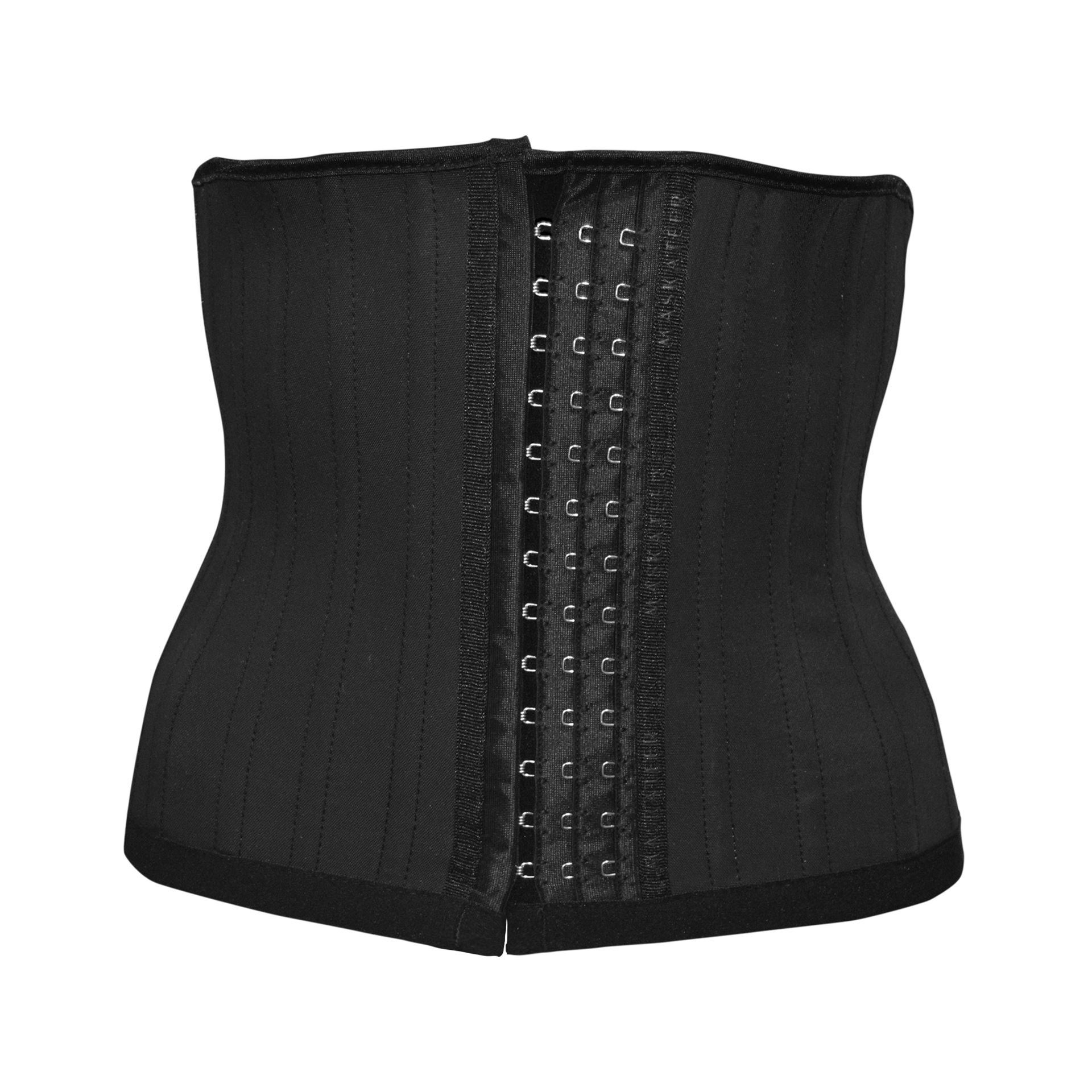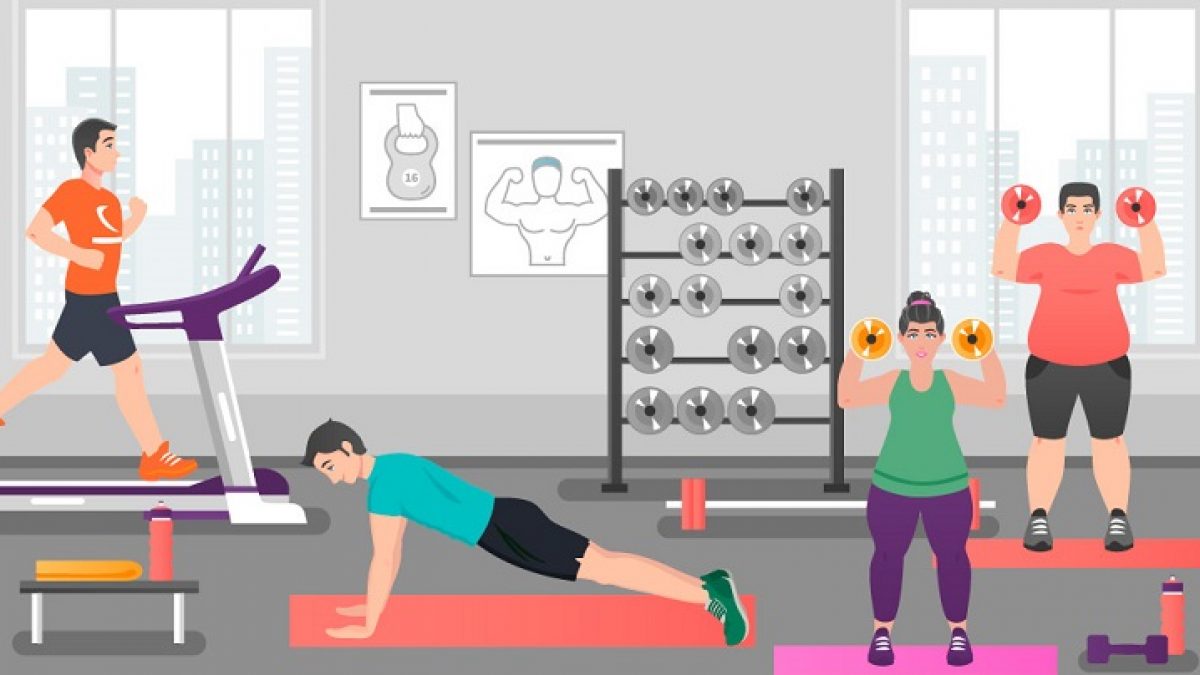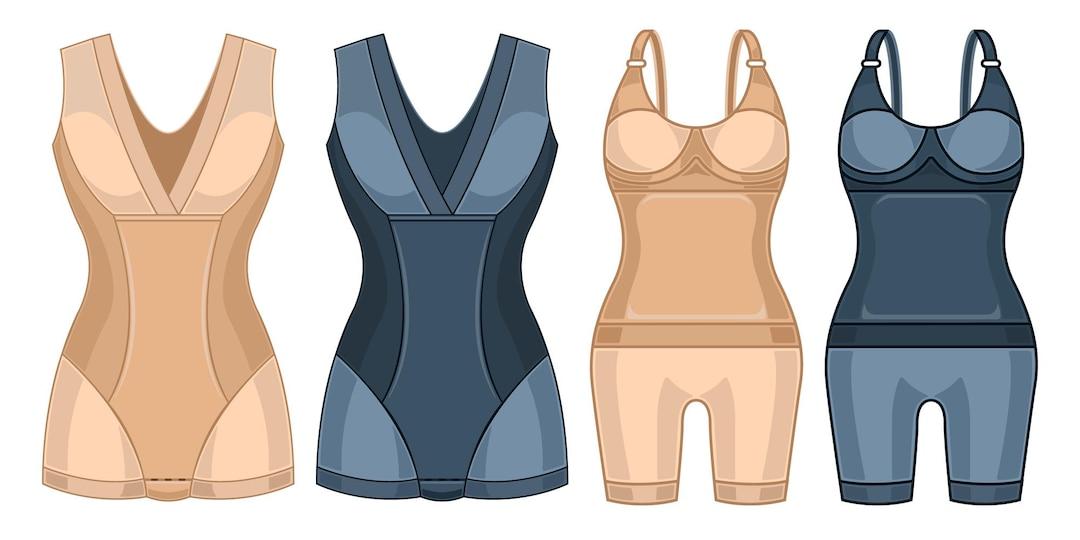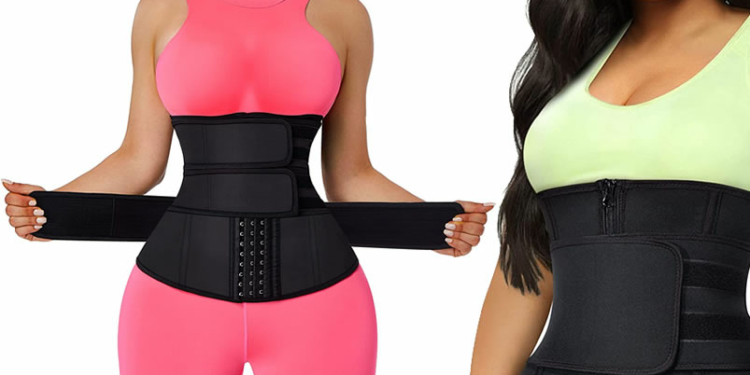Waist trainer, the go-to for achieving that elusive hourglass figure fast. But does it actually work?
That’s the question that’s been swirling around the internet lately. With more and more celebrities hopping on the bandwagon, waist trainers are quickly becoming a hot topic. But with so much conflicting information out there, it’s hard to know what to believe.
If you’re considering grabbing one, you’ve probably got some questions: Is it safe? Does it really shrink your waist? And what are the risks involved in using one?
In this article, I’ll answer all those questions and more so you can make an informed decision on whether a waist trainer is right for you.
What Is a Waist Trainer?

A waist trainer, also called a waist cincher, is a type of garment that is worn around the midsection to create a slimming effect. It is a popular item among celebrities and is used by many as an aid in weight loss. The waist trainer is made up of a combination of sturdy elastic and a series of boning elements that provide firm compression to the waist and abdomen. Wearing the waist trainer puts pressure on the midsection and restricts the breathing area, which forces the person to take shallow breaths and pulls the stomach in to create a slimmer-looking waist. Waist training is a popular weight-loss technique among men and women, and waist trainers are available in a variety of sizes and materials.
How Does a Waist Trainer Work?
The key to waist training lies in the tight fit of the waist trainer and its ability to compress the abdominal area. The waist trainer puts pressure on the midsection, which forces the person to take shallow breaths and pulls the stomach in. This is said to help reduce water weight, as shallow breaths are said to increase metabolic rate. The waist trainer also helps to reduce bloating, which can help create the illusion of a slimmer waistline.
Does a Waist Trainer Really Work for Weightloss?
While some people may find the waist trainer helpful in achieving a slimmer waistline, it is important to remember that waist trainers are not a substitute for a healthy lifestyle. Eating a balanced diet and engaging in regular exercise are the only way to achieve sustainable weight loss. Additionally, waist trainers may be uncomfortable to wear and can cause skin irritation if worn for long periods of time. Furthermore, if you do wear a waist trainer, be sure to start slowly and work your way up to wearing it for more extended periods of time.
Ultimately, the answer to “Does a waist trainer really work?” depends on your own body and individual goals. Waist trainers can be an effective aid in creating an illusion of a smaller waistline. Although some claimed to have lost a few inches due to waist training, the fact is it is mostly water weight.
What Benefits Can You Expect From Wearing a Waist Trainer?
When used consistently, waist trainers can help to create an illusion of a smaller waistline, improve posture, and reduce the likelihood of back pain. Additionally, waist trainers can help to reduce the appearance of love handles and muffin tops and can also help to improve confidence. Waist trainers can also be used to help create an illusion of an hourglass figure and create a more defined waist. Finally, waist trainers can help to improve circulation, which can help to reduce bloating and improve overall health.
Overall, waist trainers can be an effective way to slim the midsection for a couple of hours and create an hourglass figure. However, it’s important to note that waist trainers are not a miracle solution for weight loss. While they can help to create an illusion of a slimmer waistline, it’s important to focus on diet and exercise to achieve the desired results.
Are There Any Risks to Wearing a Waist Trainer?
Although waist trainers can provide many benefits, it’s important to wear them properly and to understand the risks associated with waist training. Wearing the trainer too tightly can cause discomfort, restrict breathing, and even lead to injury. Before wearing a waist trainer, it’s important to understand your body and its limitations, as well as to speak with a doctor or qualified medical professional. Additionally, waist trainers should only be worn for a few hours each day and should be taken off after meals.
When worn properly and with caution, waist trainers can provide great benefits to both body and mind. However, it’s still important to understand the risks associated with waist training and to make sure that you are wearing your waist trainer properly.
What are the Alternatives to Waist Trainers?
Listed below are some of the Alternatives to Waist Trainers:
Exercise

Regular exercise can help to tone and slim the waist without the need for a waist trainer. Exercise also helps to improve posture and overall health. Cardiovascular exercises, such as running, jogging, and swimming, help to burn calories and fat, while strength training exercises, such as squats and lunges, help to work out and tone the abdominal muscles.
Diet

Eating a healthy, balanced diet can help to reduce fat and slim the waistline. Eating more plant-based foods and avoiding processed and sugary foods can help to reduce the appearance of love handles and muffin tops.
Shapewear

Shapewear is another alternative to waist trainers that can provide a slimming effect. Unlike waist trainers, which are very uncomfortable, shapewear is quite comfortable. Shapewear is designed to provide a slimmer look and can be worn with any outfit. It can also provide support and help to improve posture. While shapewear can provide a slimming effect, it’s important to note that it cannot replace the effects of exercise and diet.
Tips for Choosing the Right Waist Trainer for You
Here are a few tips for Choosing the right waist trainer for you;
Check the Material
It’s important to ensure that the waist trainer is made of quality, breathable material that won’t cause discomfort while wearing it. Look for something lightweight, breathable, and durable, such as cotton or spandex.
Read the Sizing Chart
Waist trainers come in a variety of sizes, so it’s important to find the one that is right for your body. Make sure to read the sizing chart and measure your waist before making a purchase.
Choose the Right Length
Waist trainers come in different lengths, so you should choose one that fits your body comfortably and securely. For maximum comfort, opt for one that goes down to your hips.
Choose Between a Corset or Compression Waist Trainer
There are two main types of waist trainers: a corset and a compression waist trainer. A corset is designed to fit tightly around the waist, while a compression waist trainer is designed to be more flexible and comfortable.
Consider the Price
Waist trainers can range from quite affordable to quite expensive. It’s important to consider your budget and compare prices before making a purchase.
Frequently Asked Questions
Here are some of the most common questions people have about waist trainers:
Are Waist Trainers Effective for Weight Loss?
At the end of the day, waist trainers are not going to be effective for weight loss. They can help to slim your waistline and provide posture support, but they will not cause you to lose weight. In order to lose weight, you need to follow a healthy diet and exercise routine.
How Long Should I Wear a Waist Trainer?
It’s important not to wear your waist trainer too long, as it can lead to discomfort and even breathing difficulties. Generally, it’s best to wear your waist trainer for 2-3 hours at a time and take it off for meals.
How Often Should I Wear a Waist Trainer?
It’s generally not recommended to wear your waist trainer more than 8 hours a day. Additionally, it’s a good idea to take at least one day off a week from wearing your waist trainer to allow your body to rest.
Can I Sleep in a Waist Trainer?
It’s generally not recommended to sleep in a waist trainer, as it can be uncomfortable and lead to breathing difficulties. It’s best to wear your waist trainer for a few hours during the day and take it off before going to bed.
How Does a Waist Trainer Really Work?
A waist trainer essentially works by compressing your abdominal area, giving you an illusion of a narrower waist. This compression helps to reduce fluid retention in the affected area, which makes it appear slimmer. The compression also encourages better posture, which can make you look taller and slimmer without actually reducing your weight.
Conclusion
Ultimately, it’s important to remember that waist trainers are not a magic fix if you have an unhealthy lifestyle; waist trainers will not dramatically improve your health overnight. However, if you’re looking for a way to shape up your waist in a short period of time, and incorporate it into a healthy lifestyle, then a waist trainer may just be the ideal solution for you.
Whether you’re looking to reduce your waistline for an outfit or just need a little bit of extra support, waist trainers can give you the help you need. Just make sure to use it in combination with a healthy diet and regular exercise; only then can you get the real benefits from a waist trainer.

Discussion about this post